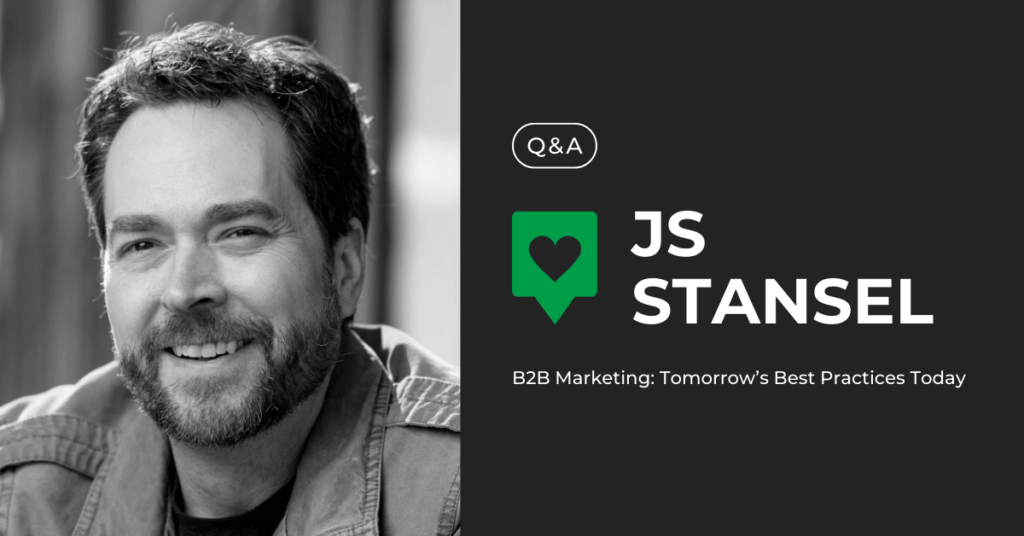Jon-Stephen Stansel is an award-winning social media professional with over a decade of experience managing, building, and creating content for brand social media accounts.
His projects include social media for entertainment franchise like Avatar: The Way of Water, Amazon Prime’s Lord of the Rings: The Rings of Power and Invincible animated series, Hyper RPG, Better Place Forests, University of Central Arkansas, Texas State University, Texas DOT, and more.
In addition to his work as a practitioner, JS has extensive experience as an instructor and presenter, with appearances at many national and international social media marketing conferences and events.
JS joined Leadtail’s Danielle O’Neil to discuss the dynamic world of social media marketing and how marketers can keep pace with a rapidly changing environment.
Their conversation has been edited for length and clarity.
Danielle: Let’s talk about the changing social landscape. With new platforms emerging, how should social managers handle the fear of missing out, especially for their clients and bosses?
Jon-Stephen: It’s a challenging time with so much uncertainty in social media. New platforms like Threads and Mastodon are emerging, but we need to evaluate if they align with our goals. It’s tempting to chase new platforms, but we must focus on where our time is best spent. This means balancing attention between new and established platforms like Facebook and Instagram.
Danielle: You’ve touched on a crucial point. If a platform like Twitter becomes untenable, what’s the backup plan?
Jon-Stephen: Every brand needs a contingency plan. Changes on one platform can have ripple effects across the social media ecosystem. For instance, as Twitter evolves, its culture spills over into other platforms like LinkedIn, changing their dynamics too.
Danielle: It seems LinkedIn is becoming more personal. How should brands adapt their social media strategies?
Jon-Stephen: Social media management requires continuous learning and adaptation. It’s okay to not know everything. For instance, when Twitter expanded its character limit, it shifted strategies overnight. We must set realistic expectations with clients and be ready to adjust quickly.
Danielle: How can we encourage clients to embrace different content types, like video?
Jon-Stephen: Show them data comparing video performance with other formats. Video can be intimidating, but it’s important to find comfortable ways to incorporate it. Platforms like TikTok are driving the video trend, and we must be ready to adapt.
Danielle: How do we discuss strategic changes with clients and bosses?
Jon-Stephen: Build long-term trust and be honest with data. Avoid acting out of FOMO and show clients the value of being strategic and not just first. Build strategies for the short term as social media changes too rapidly for long-term plans.
Danielle: Considering external events, how should brands decide when to pause their social media activities?
Jon-Stephen: Brands need a pre-determined plan to address world events. It’s about balancing the need to be sensitive without becoming inactive. Evaluate each situation to decide whether and how to respond.
Danielle O’Neil: Lastly, how do you stay updated in this fast-paced field?
Jon-Stephen: I used to rely on Twitter for industry updates, but now I’m leaning more towards LinkedIn. Building a network of peers for mutual learning is crucial. Also, attending conferences and setting aside daily time for professional development is key.
Danielle: Thank you, Jon-Stephen, for sharing your insights. It’s clear that adaptability and strategic thinking are essential in social media management.
Ready to get started with B2B social media marketing? Let’s talk!
